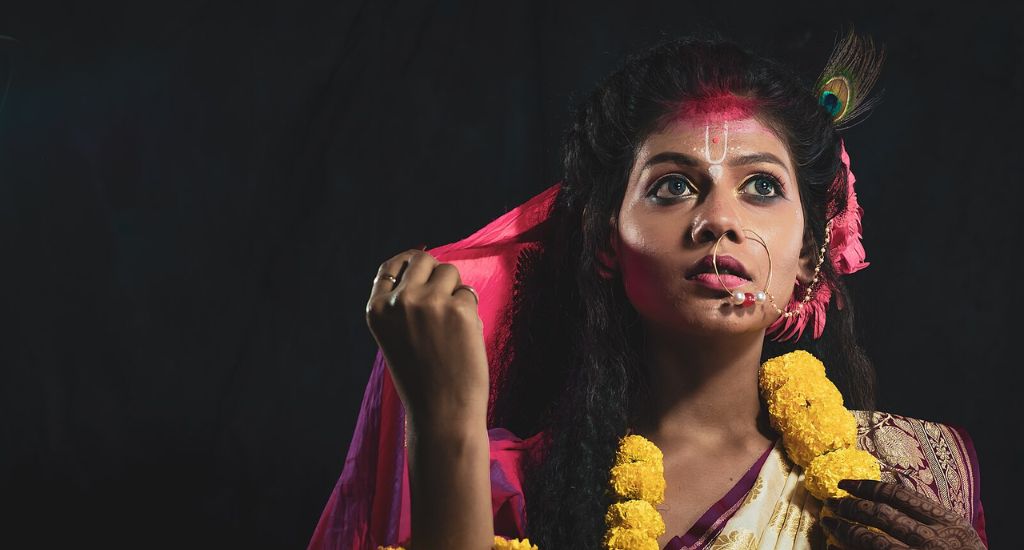
5 folk theatre forms that are a must-watch
India is home to several folk theatre forms, some hundreds of years old. This World Theatre Day, we do a round-up of five popular folk theatre forms that live on in the distant corners of the country.

India is home to several folk theatre forms, some hundreds of years old. This World Theatre Day, we do a round-up of five popular folk theatre forms that live on in the distant corners of the country.
The joie de vivre of witnessing a theatre performance may be universal. And India has some of the most thrilling and versatile kinds of performances that one can enjoy. Folk theatre forms in the country have been around for centuries, but many of them are now in danger of disappearing in the face of modern means of entertainment.
One of the most distinguishing features of folk theatre forms is that they combine various elements like dance, music, pantomime, graphic art and vibrant costumes to weave together narratives. Every region of the country has its form of such traditional performances, giving theatre enthusiasts a great variety of entertainment to choose from.
As we celebrate World Theatre Day, here’s a round-up of five vibrant Indian folk theatre forms from different parts of India.
You can experience this theatre form in all of east India, primarily West Bengal and other parts of the country that have a Bengali-speaking population. The Bengali term jatra translates to “moving in a procession”.
While Jatra as a style of performance may trace its roots to the 15th century dance processions, later during British rule it became a means for spreading political messages. These lively plays portray a variety of themes, ranging from religion to romances and contemporary topics. Typically a Jatra performance will combine dialogues with musical tunes, some of which are inspired by classical ragas and others by folk melodies. Actors get on stage to render not just dialogues, but songs too, and the audience loves a good Jatra at night-time when the play stretches on for up to four hours.
Also Read: Assam’s rural theatre: Curtains up or down?
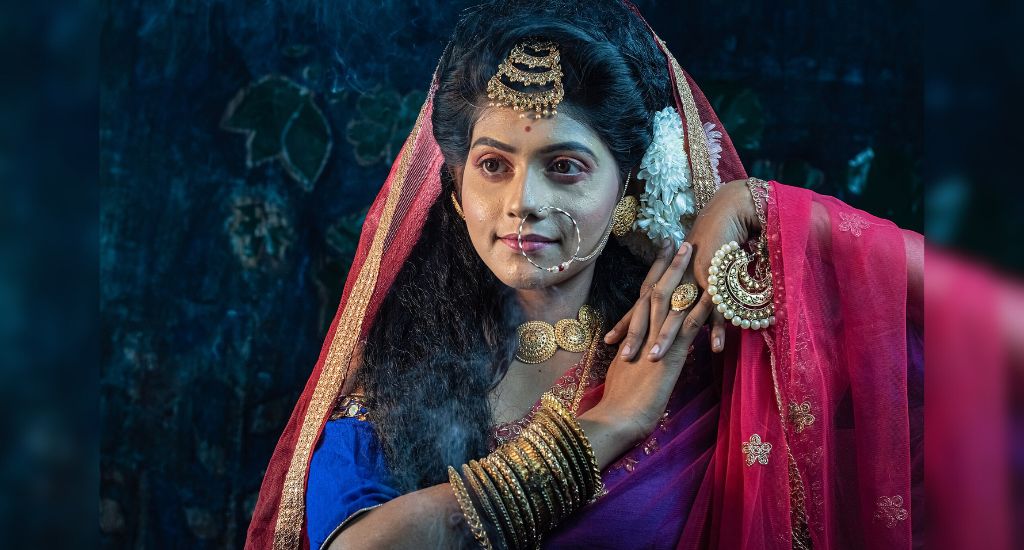
Theatrics in this form of rural theatre, from the Kashmir region, include dance and clownery. Bhands, or court-jesters from Persia who had migrated to the area in mediaeval times, are the central attraction of the performance. You can witness these shows in the rural tracts of the region in the summer months. This performance style borrows from Sanskrit theatre and other folk performance styles. The accompanying orchestra includes percussion instruments such as dhol and nagara.
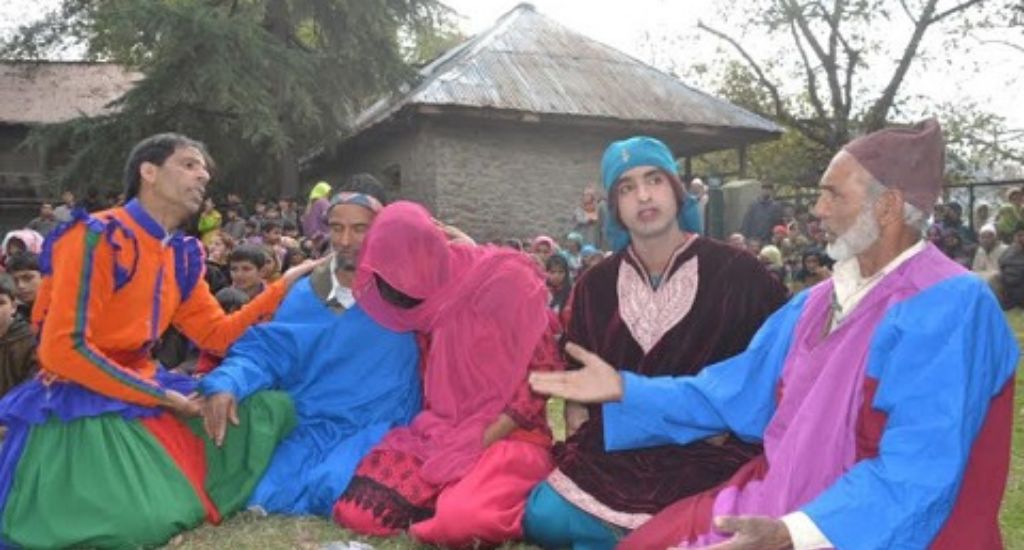
The jury is still out there deciding if the term nautanki is derived from the Sanskrit word nataka, or whether it has something to do with Princess Nautanki of Multan. Either way, this folk theatre form originating in Uttar Pradesh remains one of the most enjoyable and popular kinds of entertainment available to the masses. It combines music, dance and dialogue with larger-than-life characters being enacted with exaggerated reverence. The themes are inspired by not just the lores of North India, but Arab and Persian legends too. There are two schools of Nautanki – one originating from Hathras and the other from Kanpur. The last nawab of Lucknow, Wajid Ali Shah, was known to be a patron of Nautanki.
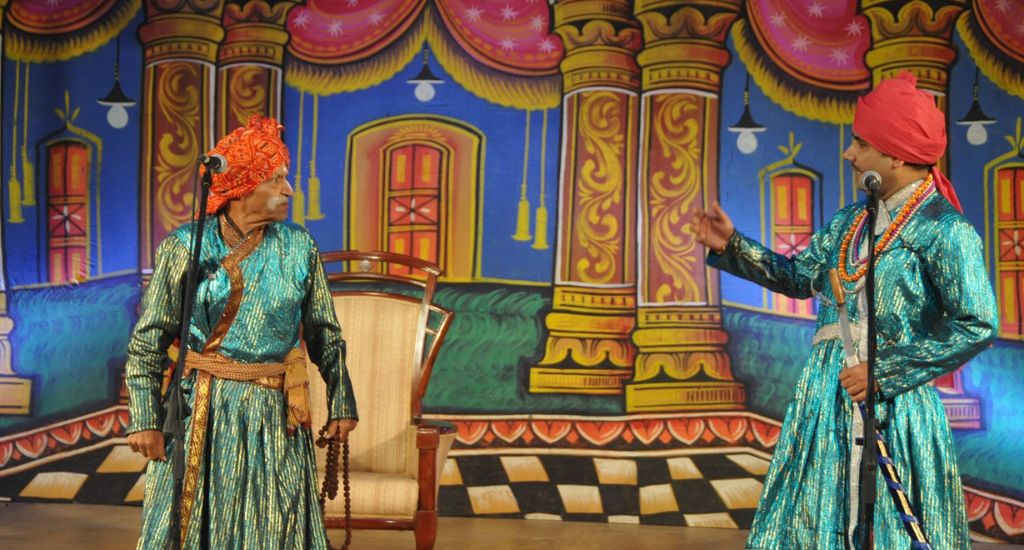
This traditional theatre form can be witnessed in the Sindhudurg region along the Konkan coast in Goa and Maharashtra. It is said to be roughly 800 years old. Dashavatar is a reference to the 10 incarnations of Lord Vishnu. The poorva ranga (initial session) and uttar ranga (latter session) form two parts of the performance. Music emanating from a harmonium, tabla and cymbals accompanies the performance by actors, who are dressed in brightly hued and elaborate costumes.
Also Read: Artisans sustain art of Dashavatar cards in new avatar
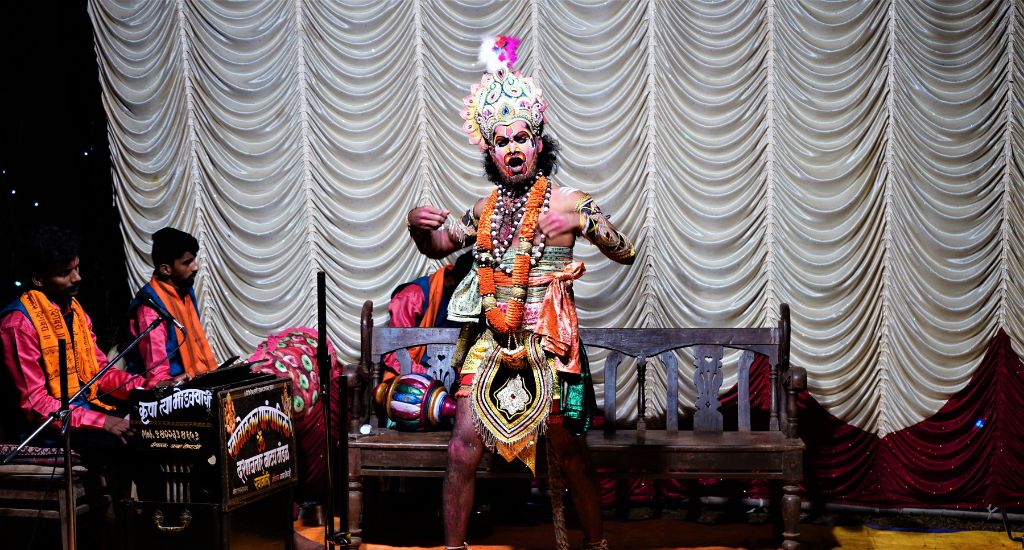
This traditional presentation from Kerala plays out over eight days when different plays are enacted on consecutive days. It started to thrive in the 17th century under the patronage of King Manavada of Kozhikode, which was then called Calicut. The plays are based on the Krishnagiti, a compilation of shlokas and padams composed in 1654. In some of the plays, the same actor assumes different roles. One of the most popular renditions takes place at the Guruvayur Sri Krishna temple in Thrissur.
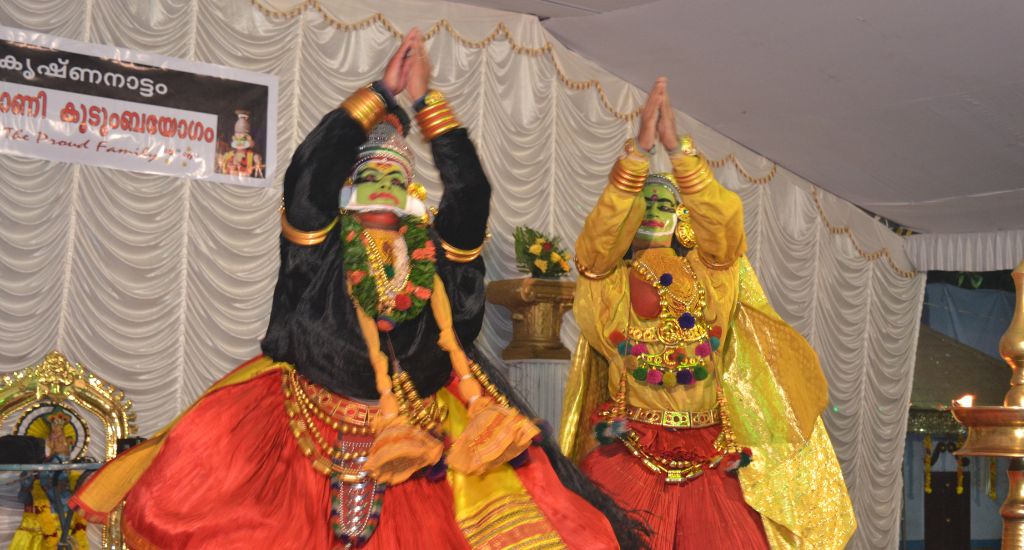
The lead image at the top shows an actor during a Jatra, which is a folk performance from east India. (Photo from Wikimedia Commons/ Tapas Kumar Halder)